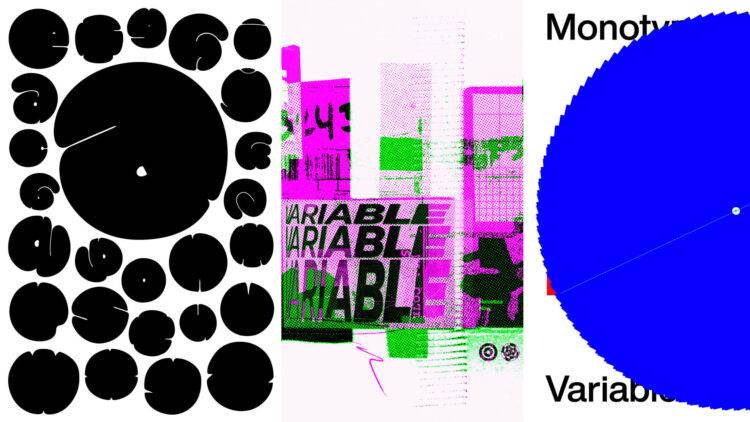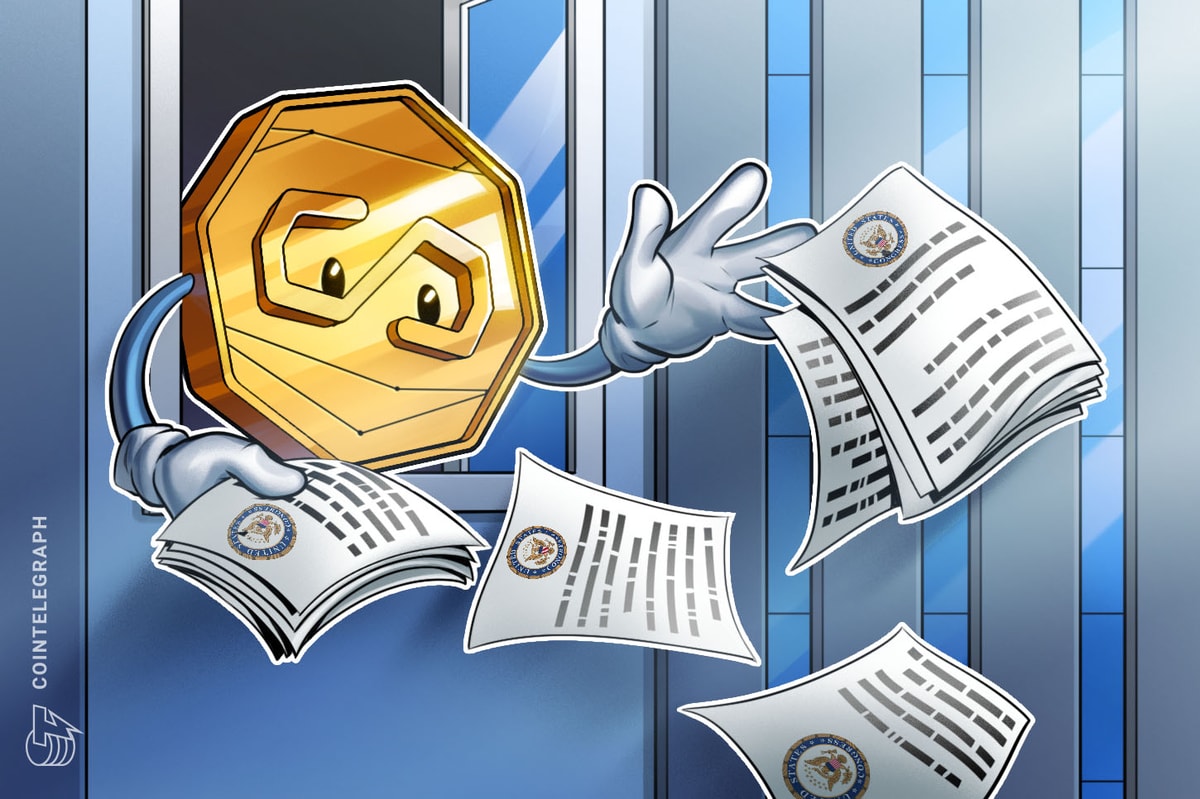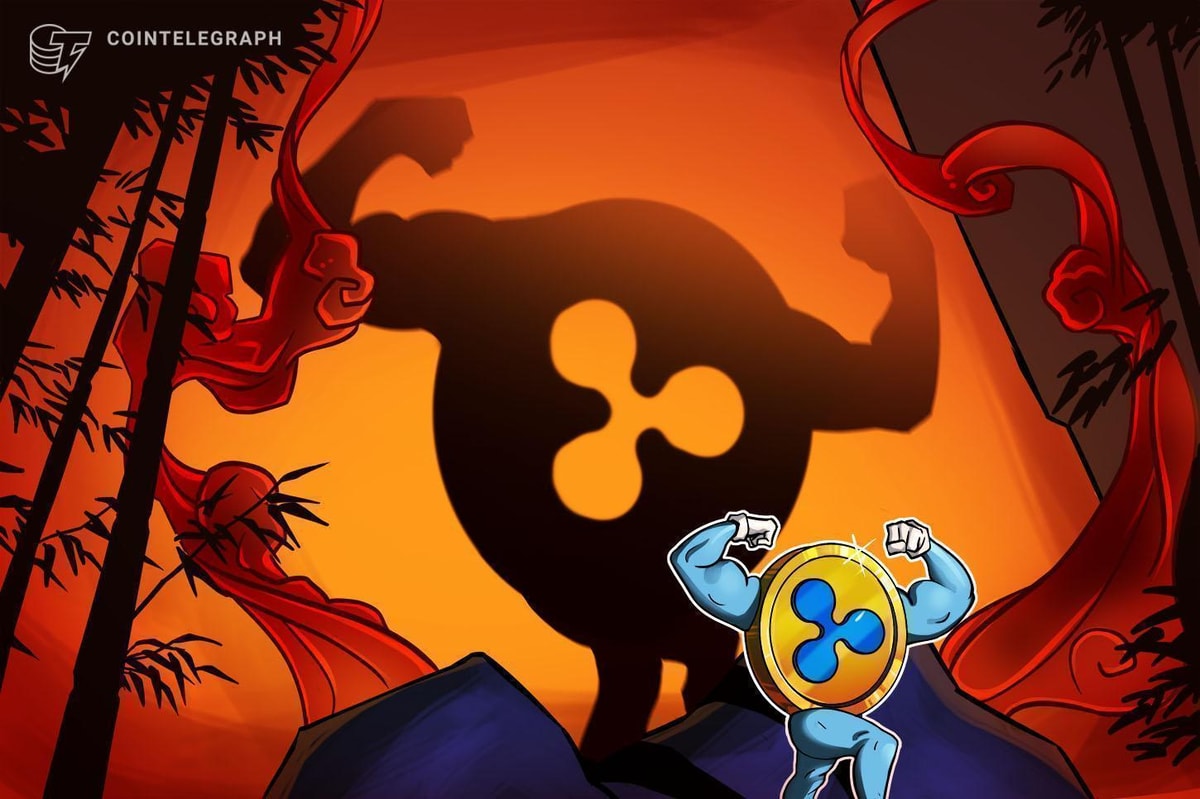Over the last 65 years, the iconic sans serif typeface Helvetica has not only survived the many trends and styles, it has mostly been at the forefront of introducing and concluding them. The typeface that was born as ‘Neue Haas Grotesk’ in 1957 soon became a favourite with marketing, advertising and design industries. Influenced by H. Berthold AG’s Akzidenz-Grotesk font, Swiss typeface designers Max Miedinger and Edward Hoffman have designed the new typeface in a neo-grotesque design. Adding to Switzerland’s reputation as an attractive centre for ultra-modern graphic design then, Neue Haas Grotesk soon became an international favourite and was thus renamed Helvetica. Taking forward the long-standing significance of the typeface into the latest realms and digital world, Helvetica is now the driving force for a collection of NFTs. The American type foundry Monotype, in collaboration with KnownUnknown, an emerging web3 creative community, released Helvetica The NFT, a collection of NFTs created by two dozen artists and designers from around the world.
While typography and NFTs are a lesser explored combination, Monotype’s first-ever digital art collection seems to open new possibilities. Though each design has a different story, concept and style, the presence of Helvetica remains the same. Bringing together artists from various industries such as graphic design, branding, footwear design and photography, the NFTs display an array of diverse creations. While using Helvetica Now Variable, the most digitally-optimised version of the typeface ever made, these renowned artists develop their own definitions.
Read More: www.stirworld.com












 Bitcoin
Bitcoin  Ethereum
Ethereum  XRP
XRP  Tether
Tether  Solana
Solana  USDC
USDC  Cardano
Cardano  Dogecoin
Dogecoin  TRON
TRON  Lido Staked Ether
Lido Staked Ether  Wrapped Bitcoin
Wrapped Bitcoin  Chainlink
Chainlink  Toncoin
Toncoin  LEO Token
LEO Token  Stellar
Stellar  Wrapped stETH
Wrapped stETH  USDS
USDS  Hedera
Hedera  Avalanche
Avalanche  Pi Network
Pi Network  Sui
Sui  Shiba Inu
Shiba Inu  Litecoin
Litecoin  Polkadot
Polkadot  Bitcoin Cash
Bitcoin Cash  MANTRA
MANTRA  WETH
WETH  Bitget Token
Bitget Token  Ethena USDe
Ethena USDe  Hyperliquid
Hyperliquid  Binance Bridged USDT (BNB Smart Chain)
Binance Bridged USDT (BNB Smart Chain)  Wrapped eETH
Wrapped eETH  Uniswap
Uniswap  WhiteBIT Coin
WhiteBIT Coin  Monero
Monero  sUSDS
sUSDS  Aptos
Aptos  NEAR Protocol
NEAR Protocol  Dai
Dai  OKB
OKB  Pepe
Pepe  Internet Computer
Internet Computer  Gate
Gate  Ethereum Classic
Ethereum Classic  Ondo
Ondo  Mantle
Mantle  Aave
Aave  Tokenize Xchange
Tokenize Xchange  Coinbase Wrapped BTC
Coinbase Wrapped BTC